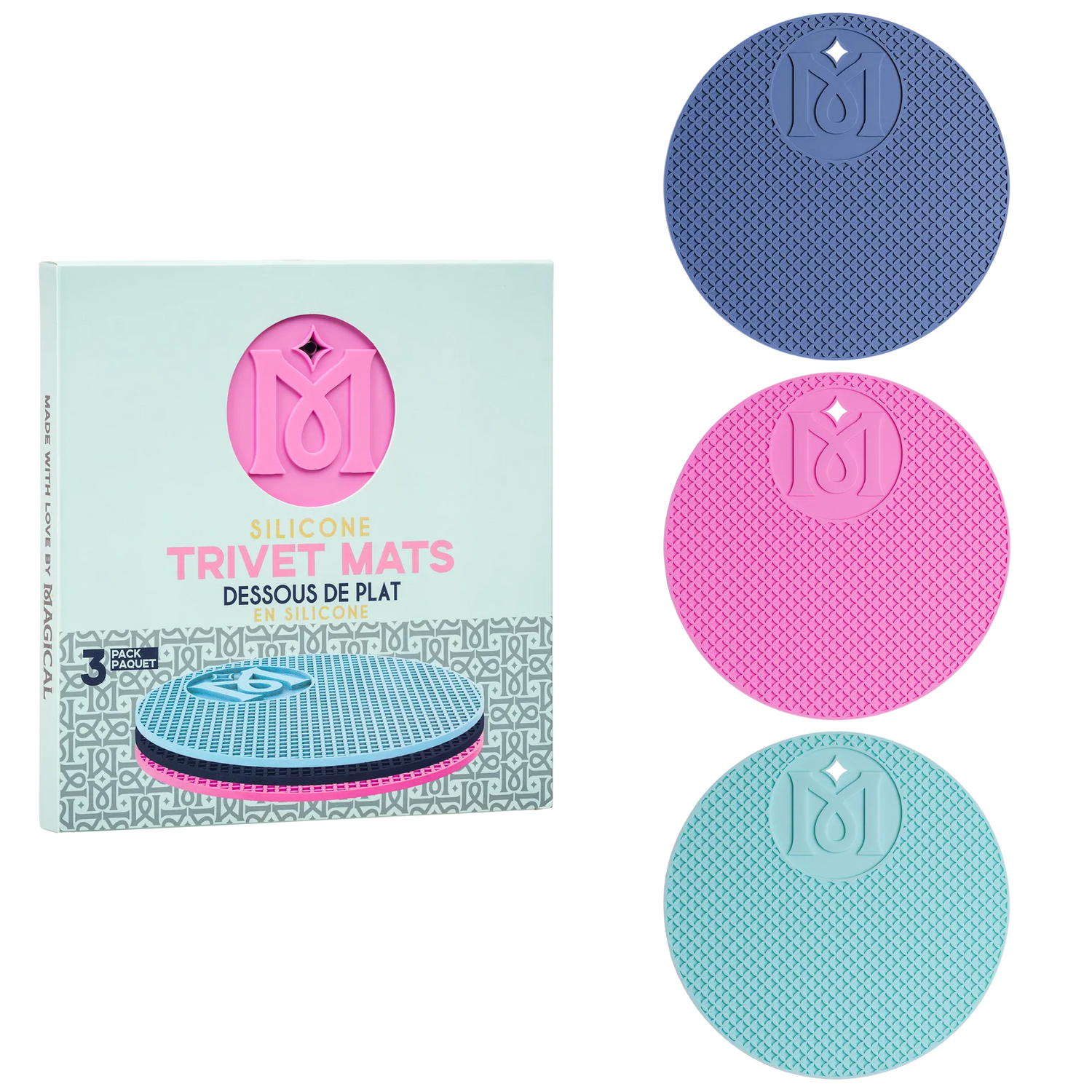Updated 5/13/23
Right now you may be thinking, "What is VPD?"
Vapor Pressure Deficit (VPD) is the difference between how much moisture is in the air and how much moisture the air holds when fully saturated. It's commonly measured in kilopascal (kPa) or millibars (mbar). VPD is important to maintain a successful indoor or greenhouse garden.
Transpiration
The process of photosynthesis involves transpiration, where plants release water vapor as they breathe. VPD helps identify the optimal transpiration rates for your plants.
A high VPD means there is little pressure on the leaves and they will transpire more. Too much water lost through transpiration will dry out and damage your leaves.
A low VPD means there is more pressure on your leaves and they will transpire less. Too little plant transpiration can lead to slowed plant growth or fungal disease.
Temperature and Humidity
VPD is a more accurate way to measure the air saturation than Relative Humidity because VPD combines the effects of both temperature and relative humidity into one value. This is especially helpful if the growing environment experiences temperature fluctuations.
As temperature rises the amount of water the air can hold also rises. For every 20 degree Fahrenheit increase, the water-holding capacity of air doubles.
Finding the Ideal VPD Range
Different crops need different environments to be happy, and may not follow these charts exactly. Most plants in early stages of growth and propagation prefer a low VPD, but tend to prefer a slightly higher VPD in later growth phases, such as flower stages. A low VPD in flowering or fruiting phases could lead to mold.
To find your VPD levels, use the following two VPD charts and a little information from your grow space:


First you will need to know the air temperature and the relative humidity of your grow room or greenhouse. Then you'll need to know the canopy leaf temperature, the best way to get this is with an infrared thermometer (temperature gun).
- Looking at chart 2, use the leaf temperature to find the vapor pressure under 100% humidity.
- Now, still on chart 2, look up the vapor pressure from the air temperature at your relative humidity.
- Subtract the air vapor pressure from the leaf vapor pressure.
This is your current VPD.
- Now that you've calculated VPD, looking at chart 1, use the air temperature and relative humidity to see if your VPD is in the ideal range.
For example, say my grow room is 81 degrees with a relative humidity of 60% and my leaf temperature is 77 degrees. The equation would like this:
31.7 (leaf vapor pressure) - 21.4 (air vapor pressure) = 10.3 VPD
Using chart 1 I can look up 10.3 and see it is well within the desired range.
Adjusting Your VPD
If your VPD is not within the desired range, you will need to adjust the temperature or the humidity. For an indoor garden, this may mean turning down your air conditioner, or adding a humidifier or dehumidifier. In a greenhouse, it might mean opening or closing a hatch to allow for more or less air flow.
VPD tells you how to adjust your plants environment to get consistent results harvest after harvest. Now that you've found the optimum VPD in your grow, find out how proper ventilation can help you achieve it. Your plants will love you for it!
Comment below or contact us here, or if you're in the Atlanta Area, stop by Taproot Hydroponics and we’ll be happy to answer any questions you might have.





